15 Edible Wild Mushrooms for Foraging Enthusiasts
- April 8, 2024
- 0 comment
Many mushroom foragers tend to wind down their activities post-spring, often overlooking the abundance of edible mushrooms that thrive beyond the morel season. However, mushroom foraging is a year-round adventure, with each season, including winter, offering its own unique bounty. Autumn, in particular, with its gentle temperatures, fosters a rich growth of diverse wild mushrooms, making it an ideal time to explore and discover nature’s most delectable fungi.
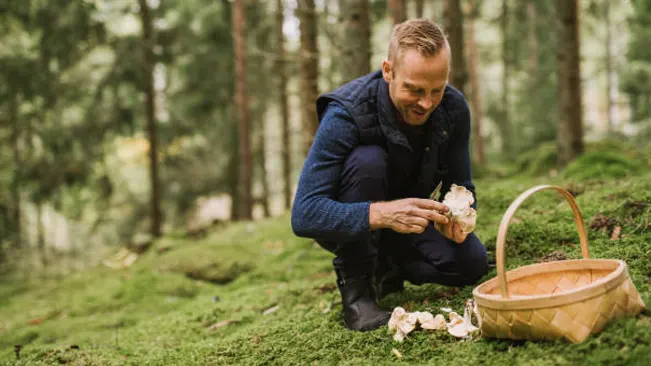
For foraging enthusiasts seeking a culinary adventure in nature, wild mushrooms offers an extraordinary variety of flavors and textures. This guide introduces the top 15 edible wild mushrooms, each with unique characteristics, providing a rich and rewarding experience for those eager to explore the forest’s hidden delicacies.
List of Edible Wild Mushrooms
- Morels (Morchella spp.)
- Chanterelles (Cantharellus spp.)
- Porcini (Boletus edulis)
- Hen of the Woods (Grifola frondosa)
- Giant Puffball (Calvatia gigantea)
- Oyster Mushrooms (Pleurotus ostreatus)
- Shaggy Mane (Coprinus comatus)
- Lion’s Mane (Hericium erinaceus)
- Chicken of the Woods (Laetiporus spp.)
- Black Trumpets (Craterellus cornucopioides)
- Wood Blewit (Clitocybe nuda)
- King Bolete (Boletus edulis)
- Cauliflower Mushroom (Sparassis crispa)
- Common Chantarelle (Cantharellus cibarius)
- Field Mushroom (Agaricus campestris)
Different Varieties of Edible Wild Mushrooms
1. Morels (Morchella spp.)

Recognized by its distinctive honeycombed caps and varying shades from blonde to dark brown, stand out in the world of edible fungi. Favored by foragers, it spring up in woodland areas, especially near decaying trees and in regions recovering from forest fires, thriving in moist, well-drained soils.
Characteristics
- Appearance: Honeycombed, pitted caps, conical in shape.
- Color: Range from light yellow to dark brown.
- Texture: Spongy and delicate.
- Habitat: Found in wooded areas, often near decaying trees or in areas that have recently been burned.
- Taste: Earthy, nutty flavor, especially when cooked.
2. Chanterelles (Cantharellus spp.)
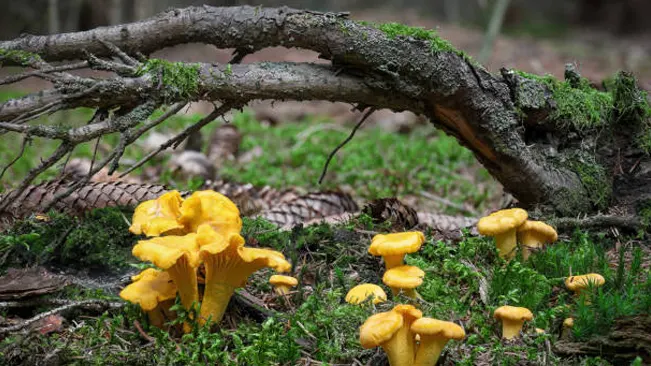
Chanterelles are distinguished by its vibrant golden-yellow to orange color, funnel-shaped caps, and unique gill structure, making it a distinct find in the world of wild mushrooms. It flourish in the damp, well-drained soils of hardwood forests, often nestled under the canopies of oak, beech, and birch trees, presenting a delightful challenge for foragers.
Characteristics
- Appearance: Vibrant golden-yellow to orange color, funnel-shaped, wavy caps.
- Gills: Thick, vein-like, and forked, running down the stem.
- Texture: Firm and slightly chewy.
- Habitat: Prefer moist, well-drained soils in hardwood forests, especially under oaks and beeches.
- Taste: Slightly fruity and peppery, becoming milder and richer when cooked.
3. Porcini (Boletus edulis)
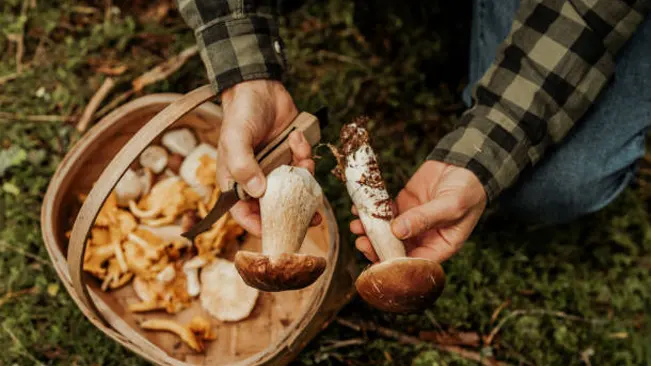
Identifiable by its large, stout stems and broad, brown caps with a sponge-like layer underneath instead of typical gills. It thrive in coniferous and hardwood forests, particularly under beech and spruce trees, and foragers eagerly seek it out for their meaty texture and nutty flavor, especially during the late summer and fall seasons.
Characteristics
- Appearance: Stout stem and large, brown, slightly bulbous cap.
- Underneath the Cap: White to yellowish, sponge-like layer instead of gills.
- Texture: Firm, meaty.
- Habitat: Common in coniferous and deciduous forests, particularly under pine, spruce, hemlock, and oak trees.
- Taste: Earthy, nutty flavor.
4. Hen of the Woods (Grifola frondosa)
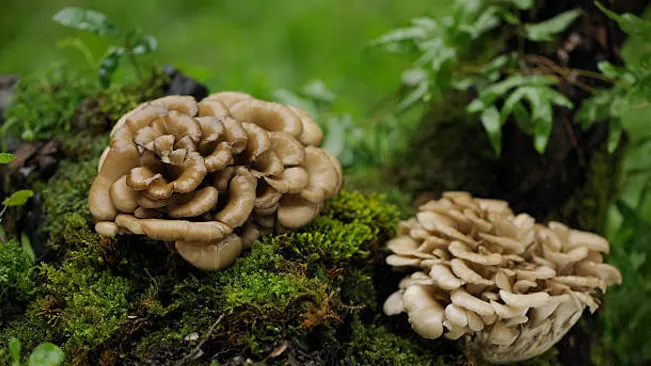
Easily identifiable by its large, flowing clusters of grayish-brown, fan-shaped caps that typically grow at the base of oak trees and other hardwoods. Foragers prize this mushroom for its rich, earthy flavor and firm, succulent texture, often seeking it in autumn, particularly in deciduous forests where it forms symbiotic relationships with the roots of mature trees.
Characteristics
- Appearance: Clusters of grayish-brown, fan-shaped caps.
- Growth: Forms large, flowing masses at the base of trees.
- Texture: Firm and succulent.
- Habitat: Predominantly found at the base of oak trees, but also other hardwoods.
- Taste: Rich and earthy, with a somewhat peppery finish.
5. Giant Puffball (Calvatia gigantea)

Easily recognizable by its impressive size, often as large as a soccer ball, with a smooth, white exterior. Found in open fields and grasslands, this edible mushroom is best harvested when young and the flesh is pure white, offering a mild, earthy flavor when cooked.
Characteristics
- Size: Can grow very large, often reaching the size of a soccer ball or larger.
- Shape and Texture: Spherical or globe-shaped with a smooth, white surface when young.
- Color: White when young, turning yellowish-brown and eventually brown as it ages and starts to release spores.
- Habitat: Commonly found in open grasslands, fields, and sometimes in forest clearings.
- Taste: When young and white inside, it has a mild, subtle flavor, often described as earthy, and is quite versatile in cooking.
6. Oyster Mushrooms (Pleurotus ostreatus)
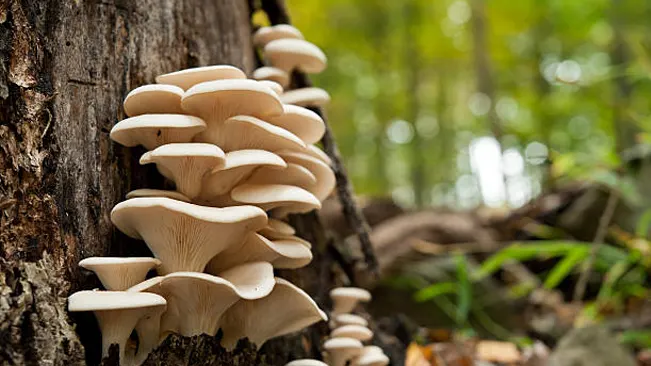
Easily recognized by its distinctive fan or oyster-shaped caps, usually growing in layered clusters on the sides of trees, predominantly on dead or decaying hardwood. These mushrooms, favored for their delicate flavor, are commonly foraged in woodland areas and can also be found on fallen logs or tree stumps, making it a popular choice for both novice and experienced mushroom hunters.
Characteristics
- Appearance: Fan or oyster-shaped caps, often white to gray or brownish.
- Growth: Grows in shelf-like clusters on dead or dying hardwood trees.
- Texture: Silky and smooth.
- Habitat: Widespread, especially on beech, birch, and aspen trees.
- Taste: Mild, subtle flavor with a hint of sweetness.
7. Shaggy Mane (Coprinus comatus)
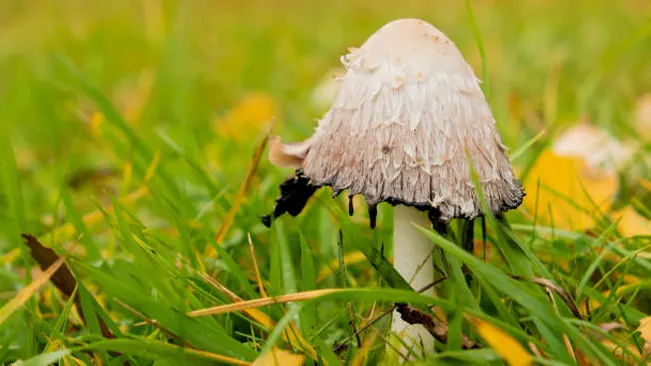
This mushroom is easily identified by its unique, elongated, and shaggy cap, which becomes inky and liquefies with age. Often found in grassy areas, including lawns and roadsides, Shaggy Mane is appreciated for its delicate flavor when cooked promptly after harvesting.
Characteristics
- Size: Medium-sized; the cap can grow up to 5 inches tall and 1-2 inches wide.
- Shape and Texture: Features a unique cylindrical or bell-shaped cap with a shaggy or scaly surface. The cap is initially egg-shaped, elongating as it matures.
- Color: White to cream in color when young, with the cap turning black and inky from the bottom up as it ages.
- Habitat: Commonly found in urban environments, including lawns, roadsides, and disturbed grounds. They often appear in groups after rain.
- Taste: Offers a delicate and slightly sweet flavor when young and white; should be consumed before it begins to liquefy and turn inky.
8. Lion’s Mane (Hericium erinaceus)

This distinctive mushroom, with its long, white, icicle-like spines, resembles a lion’s mane, growing on living or dead hardwood trees. Renowned for its meaty texture and mild, seafood-like flavor, Lion’s Mane is not only sought after for culinary uses but also for its medicinal properties.
Characteristics
- Size: Can vary, typically ranging from 5 to 25 cm in diameter.
- Shape and Texture: Unique, with long, white, dangling spines or icicles that resemble a lion’s mane or a pom-pom. The texture is somewhat soft and chewy.
- Color: Primarily white or cream-colored; can become slightly yellowish or brownish with age or upon cooking.
- Habitat: Grows on living or dead hardwood trees, often found on wounds of the trees, in forests or wooded areas.
- Taste: Known for its lobster-like, seafood flavor, especially when sautéed, with a texture that’s somewhat similar to crab or cooked shrimp.
9. Chicken of the Woods (Laetiporus spp.)
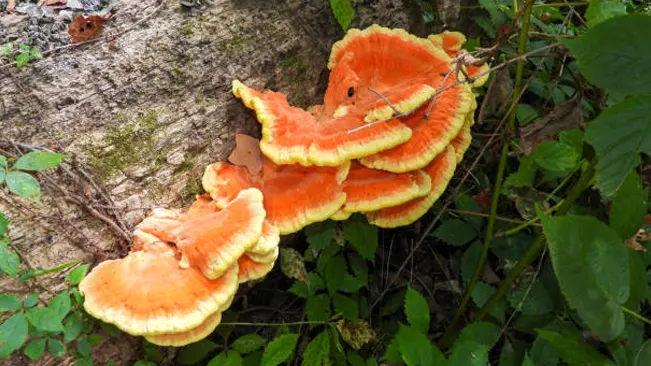
This vibrant mushroom, displaying shades of orange and yellow, typically grows in shelf-like formations on trees. Known for its remarkably chicken-like texture and flavor, Chicken of the Woods is a favorite among foragers for its culinary versatility and ease of identification.
Characteristics
- Size: Can grow quite large, with individual shelves ranging from 5 to 40 cm across.
- Shape and Texture: Forms large brackets or shelves that are often layered; the texture is meaty and firm.
- Color: Bright orange to yellow on top with a paler underside. Color intensity can vary based on age and sunlight exposure.
- Habitat: Typically found on dead or dying hardwood trees, such as oak, but sometimes on conifers. Prefers well-lit areas like forest edges.
- Taste: Renowned for its chicken-like taste and texture, hence the name. It’s versatile in cooking, often used as a meat substitute in various dishes.
10. Black Trumpets (Craterellus cornucopioides)

These mushrooms are recognized for their delicate, trumpet-shaped, and dark-colored caps, often found hidden among leaf litter in hardwood forests. Black Trumpets are highly prized in culinary circles for their rich, smoky flavor and ability to enhance a wide array of dishes.
Characteristics
- Size: Generally small to medium-sized, with the cap typically 2 to 8 cm across and the height around the same.
- Shape and Texture: Features a funnel or trumpet-like shape, often with wavy, irregular edges. The texture is somewhat fragile and thin.
- Color: Ranges from dark gray to black, sometimes with a slightly brownish tinge. The color can make them hard to spot against the forest floor.
- Habitat: Prefers hardwood forests, often found hidden among leaf litter and moss, particularly under oak, beech, and conifer trees.
- Taste: Praised for their rich, smoky, and earthy flavor. Black Trumpets are highly regarded in culinary circles, especially for sauces and as flavor enhancers in various dishes.
11. Wood Blewit (Clitocybe nuda)
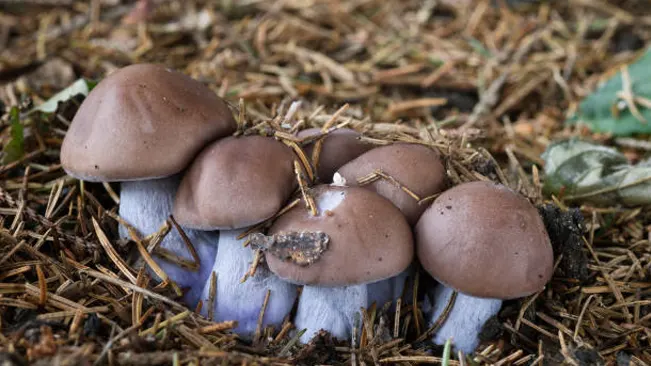
This mushroom features a distinctive lilac to purple cap and stem, fading to brown with age, and is typically found in leaf litter or composting material. Wood Blewits are favored in culinary uses for their woodsy aroma and hearty texture, but should be cooked well as they can cause allergic reactions when raw.
Characteristics
- Size: Typically medium-sized, with caps ranging from 5 to 15 cm in diameter.
- Shape and Texture: Has a cap with a convex to flat shape, often with a slight depression in the center. The texture is smooth and somewhat silky.
- Color: Notable for its striking lilac to purple color when young, which fades to a brownish hue with age.
- Habitat: Commonly found in deciduous and coniferous forests, particularly in leaf litter and around decaying wood. They also thrive in compost piles or garden mulch.
- Taste: Offers a subtle, woody flavor, and is appreciated for its slightly chewy texture. It’s important to cook Wood Blewits thoroughly, as they can be mildly toxic when raw.
12. King Bolete (Boletus edulis)
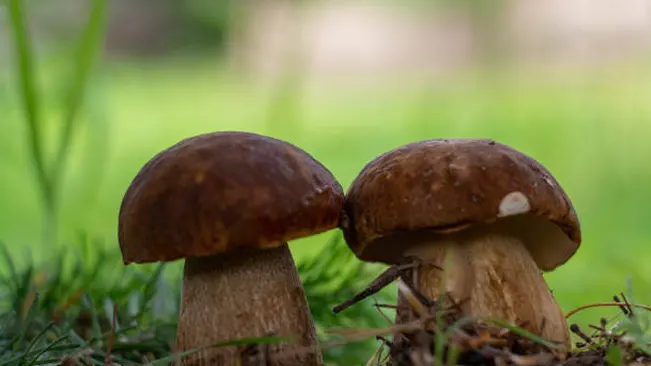
Esteemed for its substantial, meaty cap and thick stem, the King Bolete, also known as Porcini, thrives in both coniferous and deciduous woodlands. This highly sought-after mushroom is celebrated in various cuisines for its rich, nutty flavor and versatile culinary applications, from fresh sautéing to drying for long-term use.
Characteristics
- Size: A robust mushroom, the cap can range from 7 to 30 cm in diameter, with a thick, sturdy stem.
- Shape and Texture: The cap is typically convex, becoming more flattened with age. The texture is smooth and the underside contains a sponge-like layer of pores instead of gills.
- Color: The cap is generally brown, varying from light tan to dark brown, while the stem is white to light brown with a fine net-like pattern.
- Habitat: Found in various forests, both coniferous and deciduous, often forming symbiotic relationships with living trees. Prefers moist soil and is commonly found in mountainous areas.
- Taste: Highly prized for its rich, earthy, and nutty flavor, it’s a versatile mushroom in the kitchen, great in sautéed dishes, soups, and stews.
13. Cauliflower Mushroom (Sparassis crispa)
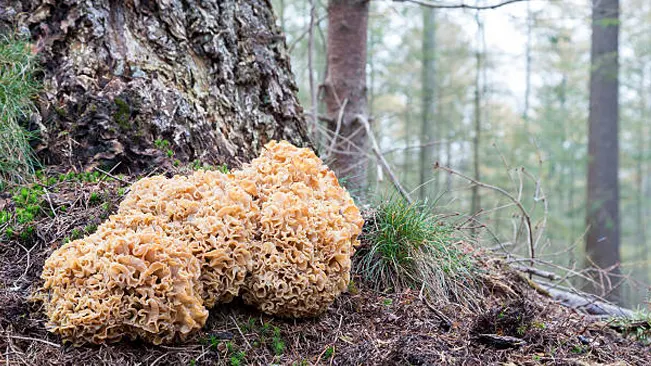
This unique fungus, resembling the frilly shape of cauliflower, typically grows at the base of conifer trees. Its intricate, noodle-like clusters, coupled with a pleasant, earthy flavor, make the Cauliflower Mushroom a delightful find for culinary enthusiasts.
Characteristics
- Size: This mushroom can grow quite large, often reaching sizes of up to 40 cm or more in diameter.
- Shape and Texture: Resembles a mass of egg noodles or the shape of a cauliflower, with many intricate, frilly, and curled lobes that are soft and spongy to the touch.
- Color: Typically creamy white to pale yellow, maintaining its color fairly consistently as it ages.
- Habitat: Commonly found at the base of conifer trees, particularly pines, and sometimes around stumps or roots in mixed forests.
- Taste: Known for its delicate and slightly sweet flavor, with a texture that’s somewhat chewy yet tender, making it a unique culinary ingredient.
14. Common Chantarelle (Cantharellus cibarius)
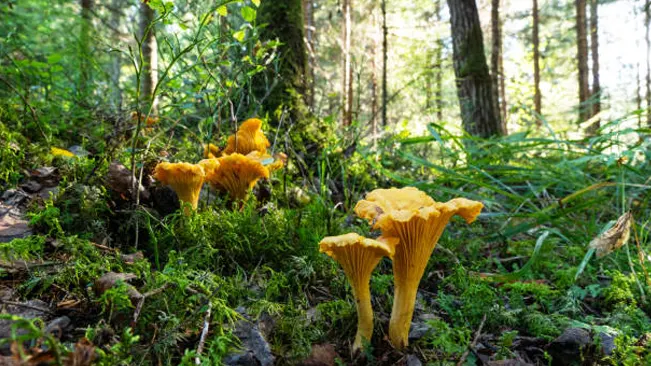
This well-known mushroom is easily identifiable by its vibrant golden-yellow color and funnel-shaped, wavy cap. Cherished for its delicate, peppery taste and fruity aroma, the Common Chanterelle is a favorite among foragers and chefs alike.
Characteristics
- Size: Generally moderate in size, the cap typically ranges from 5 to 15 cm in diameter.
- Shape and Texture: The cap is funnel-shaped with wavy, irregular edges, and the texture is firm and slightly chewy.
- Color: Distinctive for its bright yellow to orange color, which can become paler or deeper depending on sunlight exposure and age.
- Habitat: Prefers moist, well-drained soils, often found in hardwood and coniferous forests, especially under oak, beech, and spruce trees.
- Taste: Renowned for its delicate, slightly peppery flavor and a faint hint of fruitiness, making it a highly sought-after mushroom in culinary applications.
15. Field Mushroom (Agaricus campestris)
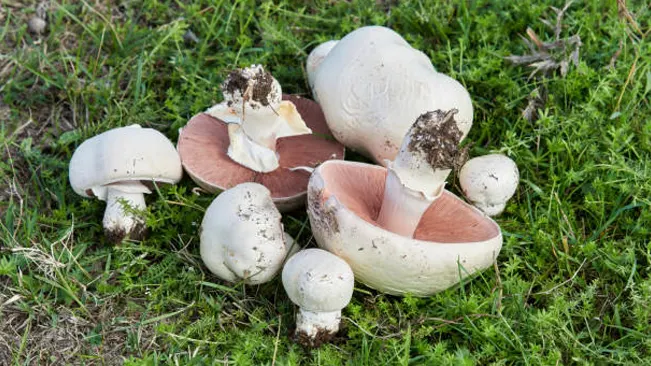
This classic mushroom, resembling the familiar white button mushroom, often pops up in grassy fields and meadows. With its mild flavor and firm texture, the Field Mushroom is a versatile ingredient in the kitchen, suitable for a variety of dishes.
Characteristics
- Size: Typically a medium-sized mushroom, with caps ranging from 5 to 10 cm in diameter.
- Shape and Texture: Features a cap that starts off rounded, flattening out as it matures. The texture is smooth and firm, with gills underneath the cap that are initially pink, turning brown and then black as the mushroom ages.
- Color: The cap is white to light brown, while the stem is typically white with a small, ring-like structure.
- Habitat: Commonly found in grassy areas, including fields, lawns, and meadows, often appearing after rain.
- Taste: Known for its mild, earthy flavor, similar to the cultivated button mushrooms, making it versatile for a wide range of culinary uses.
Related Post:
- How to Identify Edible Wild Mushrooms
- 6 Essential Steps for Successful Mushroom Farming
- Top 5 Remarkable Health Benefits of Mushrooms
Conclusion
These top 15 edible varieties stand out for their unique flavors, textures, and appearances, offering a delightful experience for foraging enthusiasts. Each species, from the robust King Bolete to the delicate Chanterelle, presents its own foraging adventure and culinary potential, catering to both the novice and the experienced mushroom hunter. Embracing the art of mushroom foraging not only connects one with nature but also unlocks a world of natural, flavorful ingredients that enhance culinary exploration.
Frequently Asked Questions (FAQs)
- What makes Morels so sought after by foragers?
Morels are prized for their unique flavor and honeycomb-like appearance, making them both a culinary delight and a fun foraging challenge. - Are Chanterelles easy to identify for beginners?
Yes, their distinctive golden-yellow color and funnel shape make Chanterelles relatively easy to identify, even for beginners. - How can I tell if a Giant Puffball mushroom is still good to eat?
It’s edible as long as the inside is uniformly white; if it’s yellowing or has any other color, it’s past its prime.
Where is the best place to find Lion’s Mane mushrooms?
Look for Lion’s Mane on living or dead hardwood trees, especially where the bark is damaged or falling off.- Can I confuse Chicken of the Woods with any poisonous mushrooms?
While distinct in appearance, beginners should be cautious as it can be confused with some inedible or mildly toxic species. - Why are Black Trumpets challenging to find?
Their dark color often camouflages them against the forest floor, making them more challenging to spot. - What’s unique about the taste of Wood Blewits?
Wood Blewits have a slightly perfumed, woodsy flavor, unique among wild mushrooms. - How do you cook King Boletes?
They can be sautéed, grilled, or dried and rehydrated for soups, known for their meaty texture and nutty flavor. - What should I look for when foraging for Cauliflower Mushrooms?
Look at the base of conifer trees, especially pine, for their unique, frilly appearance. - Is the Field Mushroom similar to store-bought varieties?
Yes, it’s very similar to cultivated button mushrooms and can be used in the same way in culinary dishes.

Charles Hayes
Forestry AuthorI'm Charles Hayes, I bring over 15 years of specialized expertise in landscaping and woodworking, blending artistic design with sustainable environmental stewardship. My career, fueled by a profound passion for the natural world, encompasses extensive education and hands-on experience in creating harmonious, eco-friendly outdoor spaces and responsibly managing forest resources. Recognized for my professional standing, I am committed to continuous learning and certification in cutting-edge practices. My expertise is not only reflected in my work but also in my contributions to community projects, educational workshops, and collaborations with industry leaders. As an authoritative voice in my field, I strive to share knowledge and promote environmentally conscious approaches, making me a trusted resource in landscaping and forestry.


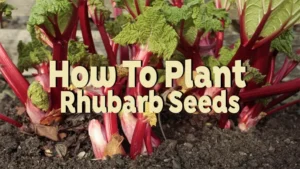
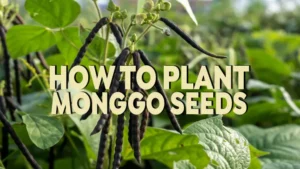

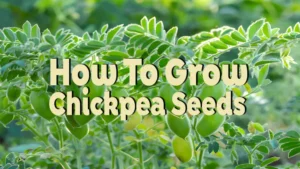


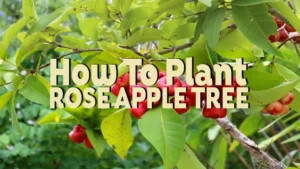

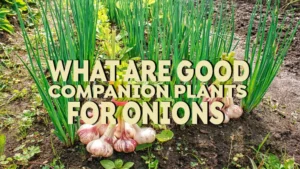
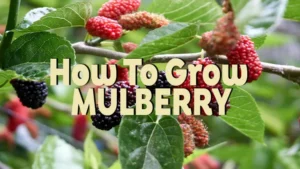

Leave your comment